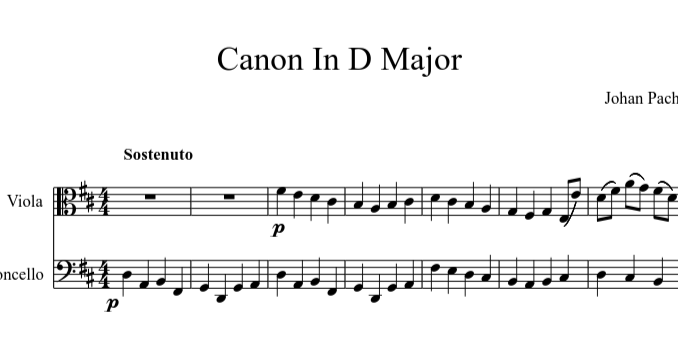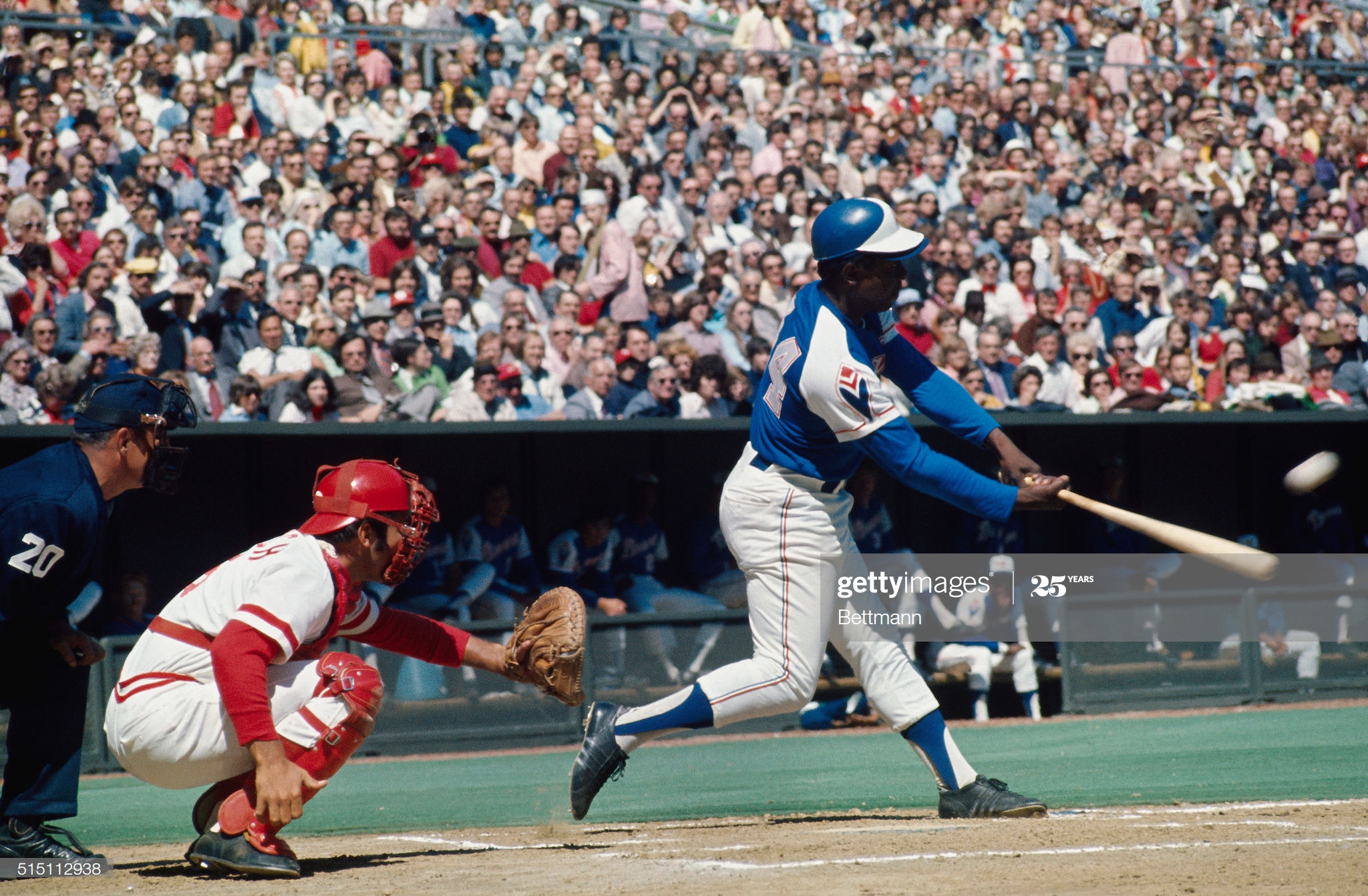
If you’re going to have a series about great pieces of music, you might as well begin with The Greatest One.
German composer Johann Pachelbel’s Canon and Gigue for 3 violins and basso continuo was composed sometime between 1680 and 1706.
Nothing can touch it today.
The circumstances for its creation are unknown, with several theories as to why and how it was composed; but it is impossible to verify any of them. The canon was first published in 1919, without the accompanying gigue, and for many years before and after, it remained in obscurity.
But in 1968, the Jean-Francois Paillard chamber orchestra revived it, slowing the tempo and adding obligato parts written by Paillard. This led to the Greek rock band Aphrodite’s Child releasing a baroque-rock version (“Rain and Tears”) the same year.
This began a steady increase in the canon’s popularity, and it has been used in numerous films and TV shows. George Winston’s “Variations on the Kanon” was part of his solo album December, which has sold more than three million units.
Those who knock this work as a boring, eight-note fluke, and Pachelbel as a one-hit wonder, are sadly mistaken.
It is brilliant, for reasons I can’t begin to explain. That’s up to those who are much more versed in music theory.
I have probably two dozen versions of this work, and I’ll share a few.
This one started the revival:
This one has potential to be the best version I’ve heard, but sadly, it has several mistakes; it’s like a demo effort before the final takes:
This one *might* be my favorite:


